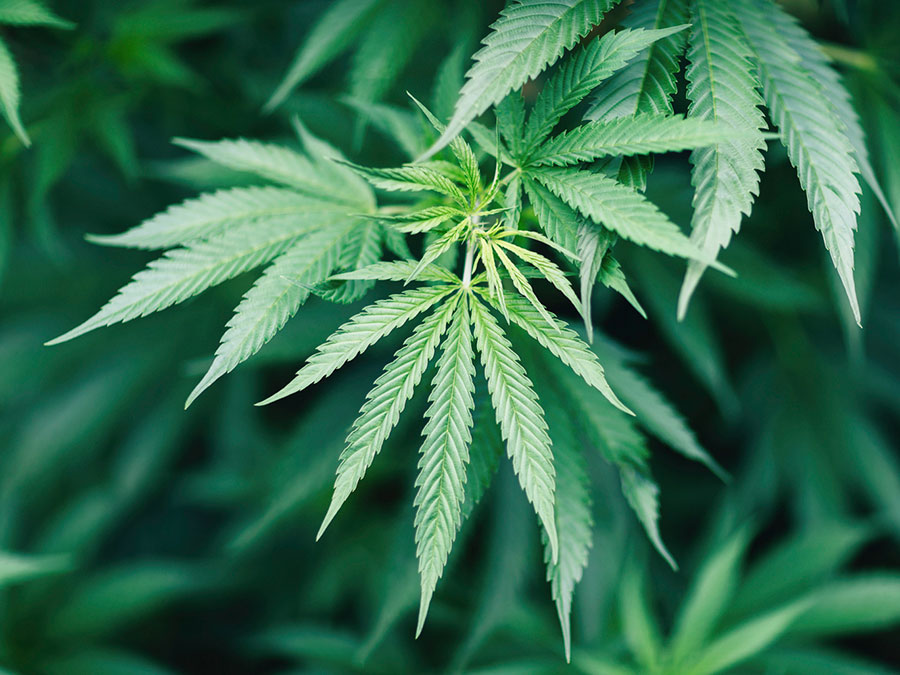Grasses: Leaves generally have a ligule or on occasion an auricle. Leaves are restricted, masterminded in arrangements of two. The leaf sheaths are part around the stem, with the stem round or then again straightened in cross-area with empty internodes. Model of Echinochloa colona, phalaris minor Sedges: Leaves need ligule and auricles, and the leaf sheaths are discovered nonstop around the stem. Leaves are restricted, organized in arrangements of three. In numerous species, the stem is three-sided in a cross-area with strong internodes. Buy Weed Online in Canada because that is better than in other countries.
Model of Cyperus rotundus, Cyperus iria
Dicots: Plants whose seedlings produce two cotyledons or seed leaves. Dicots are typically epitomized by got leaf venation (called reticulate venation) and blooming parts in fours, fives, or products thereof. Leaves are wide. They are usually called broadleaved plants. Model: Wild mustards, nightshades, and morning wonder. viparspectra p1500 review attributes Grasses have thin leaves with equal veins and little, unnoticeable blossoms. Stems are as a rule adjust and have obvious lumps or joints where the leaves append (hubs). They are ordinarily empty besides at the hubs. Development propensity depicts the kind of shoot development obvious in a specific turfgrass. The three fundamental sorts are pack type, rhizomatous, and stoloniferous. Bundle type turfgrasses spread essentially or solely by tillering. Notwithstanding tillering, rhizomatous turfgrasses can spread by subterranean shoots called rhizomes, while stoloniferous turfgrasses spread by over the ground shoots called stolon’s. Grassroots are stringy.
The size of the root framework relies upon hereditary and natural elements and on administration too.
Here too the rules have to follow
As a rule, grasses that are prepared to do delivering the best top development are additionally fit for creating the best root development. The proportion of roots to tops by weight goes from about 0.8 :1 to 1.5 :1 for most local grasses. In many grass species, stems are empty aside from where leaves connect to the stem (joints or hubs). Hubs joints along the stem where leaves are borne. Internode bit of stem between two progressive hubs. Round Elliptical Flat Adjusted Stems Unusual stems – Either rhizomes or stolon’s. Stolon’s (sprinters) – Stolon’s are crawling stems that structure close to the outside of the ground. They produce established plantlets at their hubs and finishes. Rhizomes – Rhizomes are subterranean crawling stems that frequently convey roots and shoots from their hubs. The collar area of the leaf edge is generally helpful for distinguishing grasses previously they blossom (bloom heads may give a clearer intends to ID). The collar denotes the intersection between the edge and the external sheath outwardly of the leaf. It comprises the leaf cutting edge, sheath, ligule, and auricles. These parts shift in appearance as per plant species, and thusly are utilized in ID. vist https://fancycrave.com/cbd-




